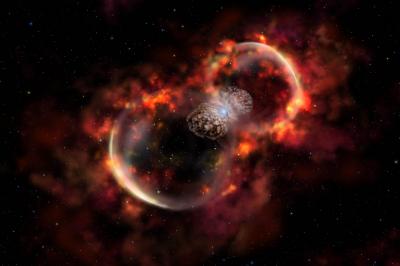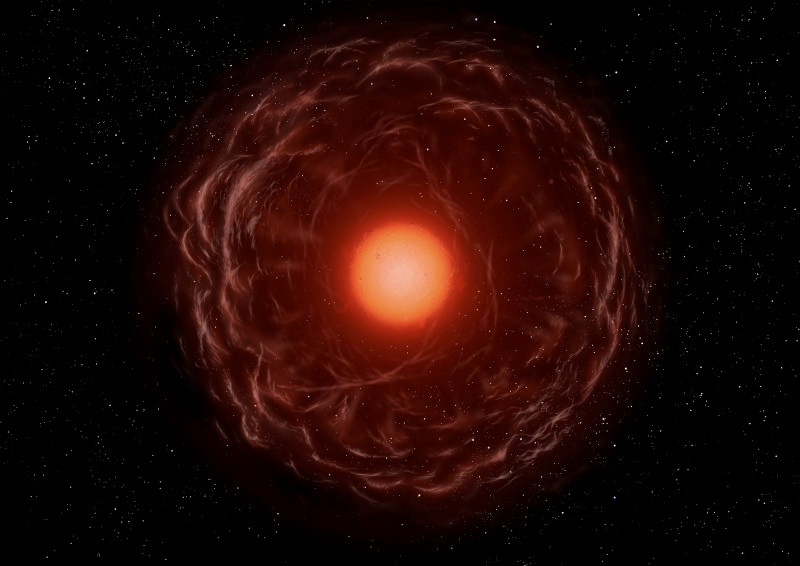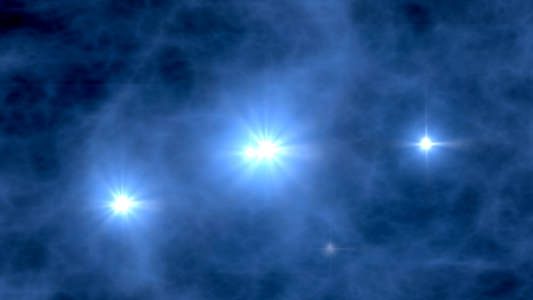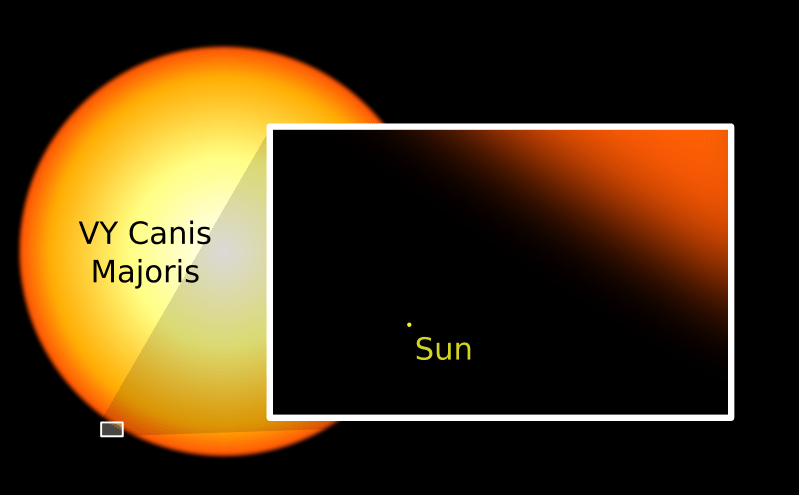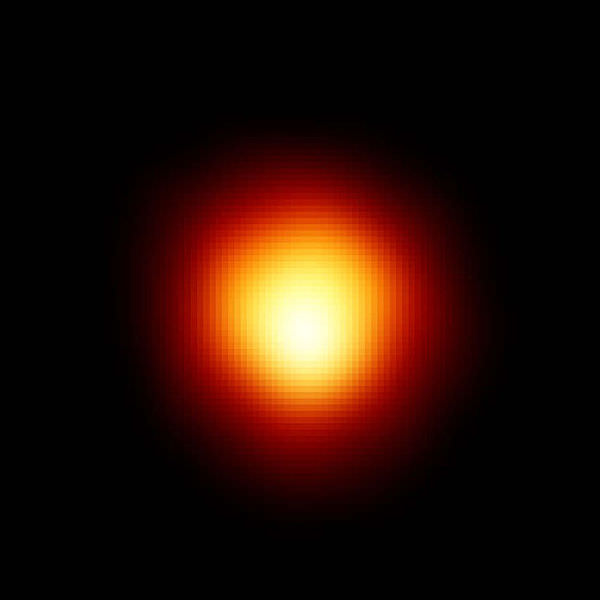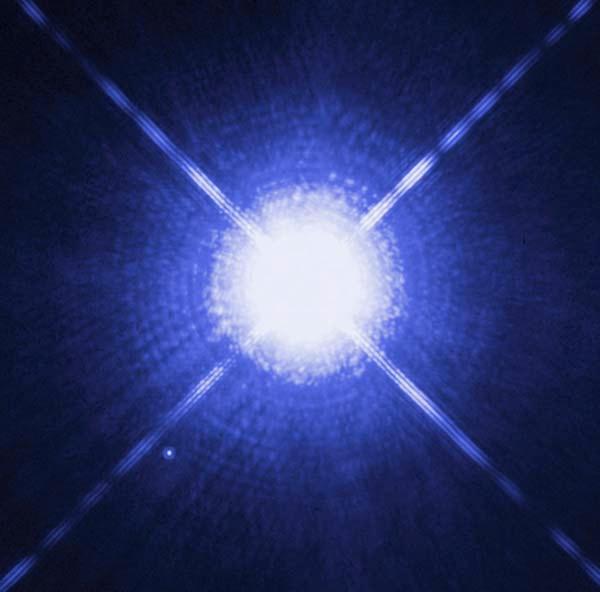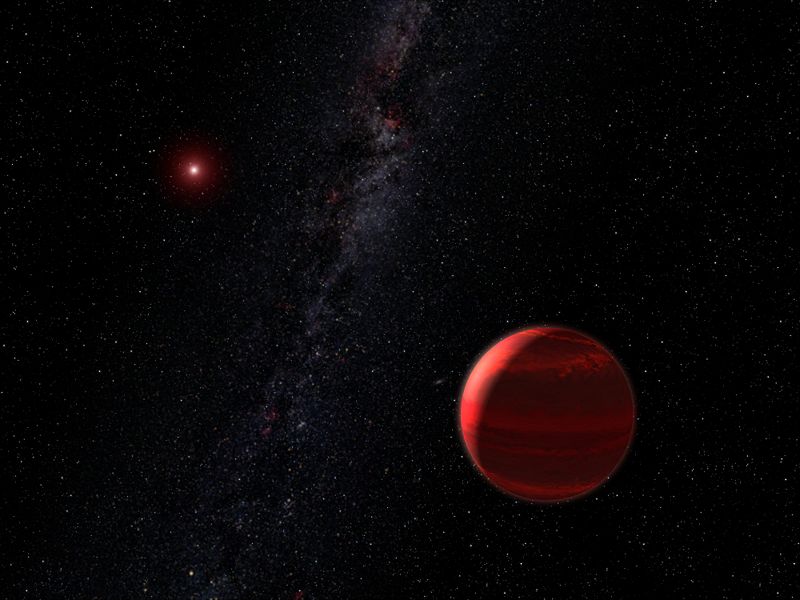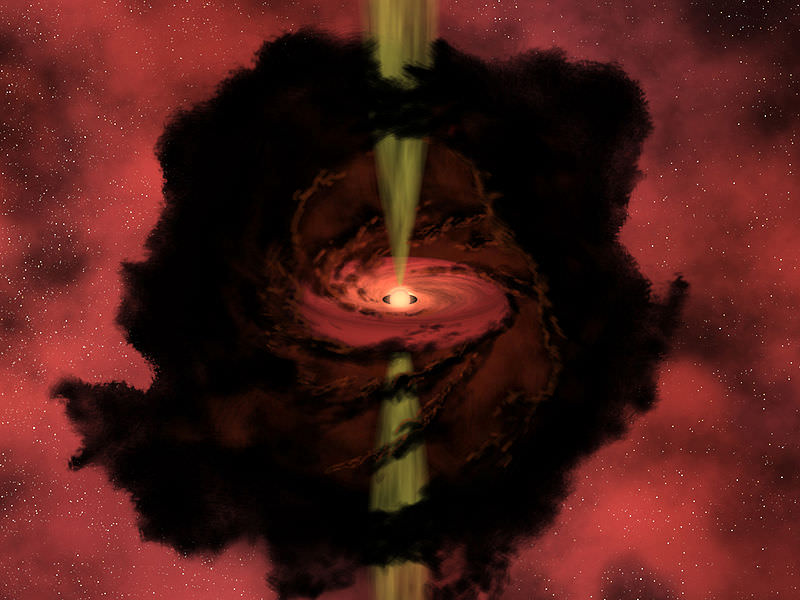[/caption]
Small stars release small amounts of energy, and huge stars release tremendous amounts of energy. Astronomers refer to the amount energy coming off the surface of a star as “luminosity”.
As a baseline, astronomers measure the luminosity of other stars against the power of the Sun. So here’s the luminosity of the Sun: 3.839 x 1026 watts, or 3.839 x 1033erg/s. When you use this number, you can calculate how much of that energy hits the Earth, or would be visible from a specific distance.
To be able to calculate the luminosity of a star, there are three variables at play: distance, apparent magnitude, and visible luminosity. If you have two of those variables, you can always calculate the third.
Let’s take a look at the smallest, least luminous stars out there: red dwarfs. A red dwarf can be as small as 7.5% the mass of the Sun, and up to 50% of the Sun’s mass. An average red dwarf has 1/10,000th the luminosity of our Sun.
Red giants, on the other hand, look cool and red, but you’ve got to remember that they’re huge. A typical red giant in our Solar System would engulf the orbit of the Earth. A red giant may be releasing 1,000-10,000 times the luminosity of the Sun. The largest known red giant is about 1,800 times larger than the diameter of the Sun. It emits about 430,000 times as much energy as the Sun.
The most energetic stars out there are the blue stars. A fairly familiar blue star is Rigel, located in the constellation Orion. Rigel has 17 times the mass of the Sun, is located about 800 light years away. Its surface temperature is at least 11,000 Kelvin. And this blue giant star is putting out about 40,000 times as much energy as the Sun.
But perhaps the most energetic stars in the Universe are the blue hypergiants. The best example is Eta Carinae. This monster is thought to have 150 times the mass of the Sun. It’s surface temperature is about 40,000 Kelvin, and it’s thought to be blasting out more than a million times the energy of the Sun.
We have written many articles about stars here on Universe Today. Here’s an article about how Eta Carinae should detonate as a supernova soon, and here’s an article about VY Canis Majoris.
Want more information on stars? Here’s Hubblesite’s News Releases about Stars, and more information from NASA’s imagine the Universe.
We have recorded several episodes of Astronomy Cast about stars. Here are two that you might find helpful: Episode 12: Where Do Baby Stars Come From, and Episode 13: Where Do Stars Go When they Die?
References:
Wikipedia: Solar Luminosity
Wikipedia: Red Dwarf
Wikipedia: Rigel
Wikipedia: List of Most Massive Stars

